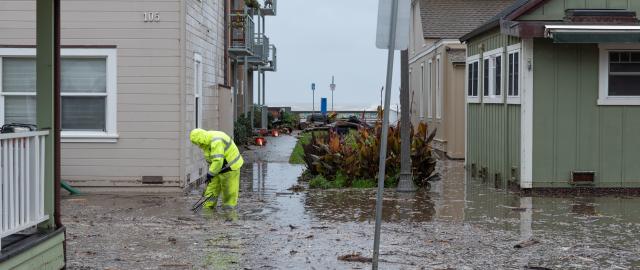Are U.S. Cities Preparing for the Flooding to Come?
Are U.S. cities ready for the flooding that will accompany climate change? A new study co-authored by Yale SOM’s Anya Nakhmurina uses a novel method to track local efforts to prepare for climate change, and shows that many of the U.S. cities most at risk are behind in adopting adaptation measures.
Frustrated by a nationwide lack of clear reporting on cities’ preparation for climate changed-related flooding, Nakhmurina and her co-author Shirley Lu aggregated archival financial data from 400 cities. The most startling finding from their analysis is that, while high-risk cities in general have higher adaptation than low-risk cities, more than half of high-risk cities have below-average adaptation levels. “That really shocked us,” Nakhmurina says. Perhaps also surprising: the factors correlated with low adaptation levels include budget constraints and shorter-term planning, but not any particular political leaning.
Nakhmurina’s work is unique in that it provides systematic panel data for so many cities over several years and that it is based on cities’ financial documents, rather than their stated plans and goals. For more details on their methods and findings, check out Yale Insights from the Yale School of Management.

